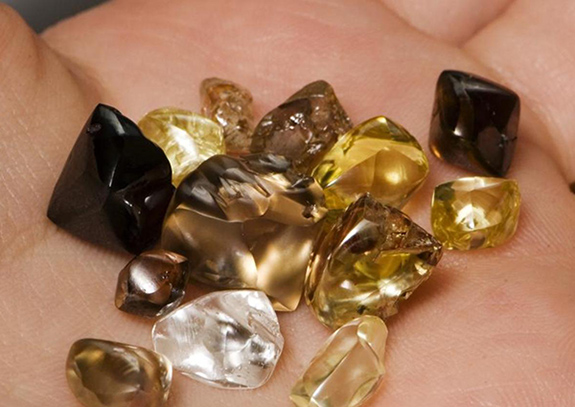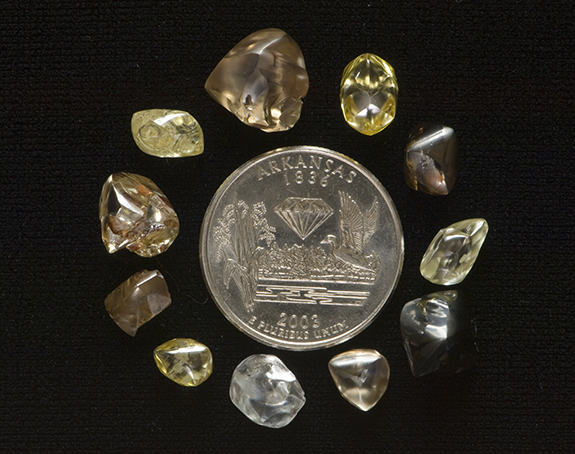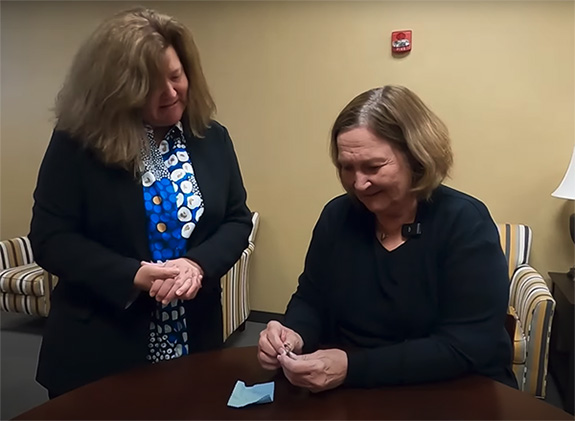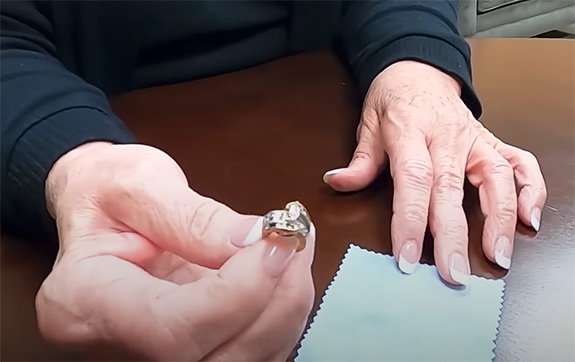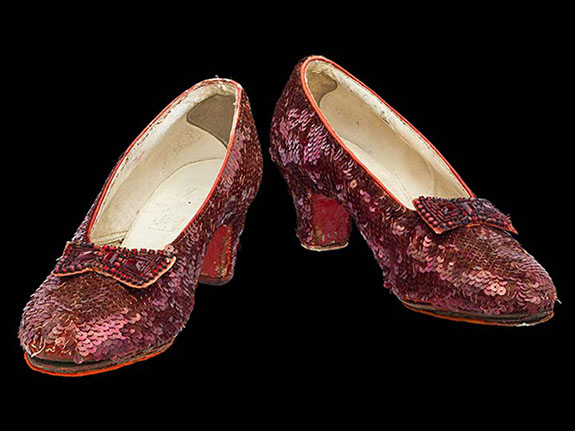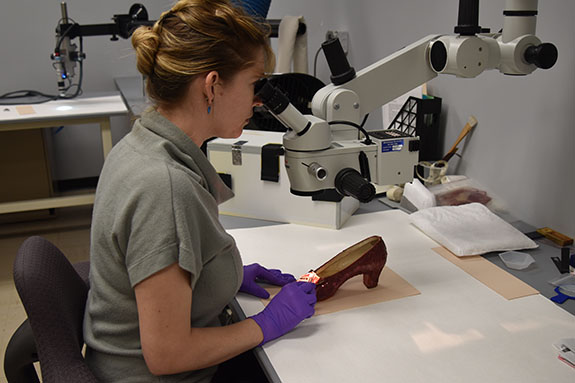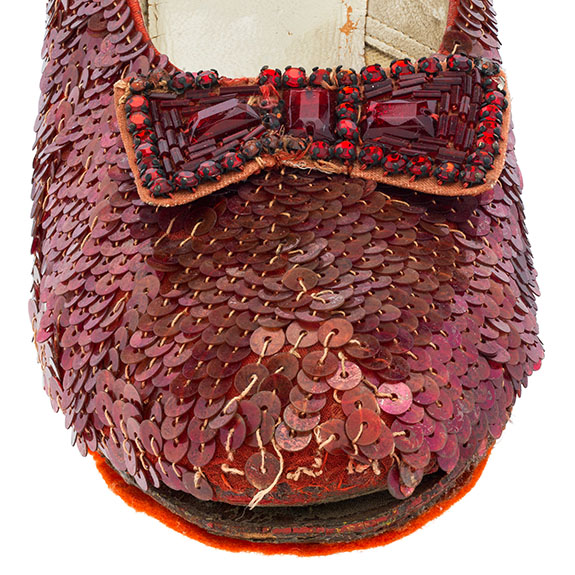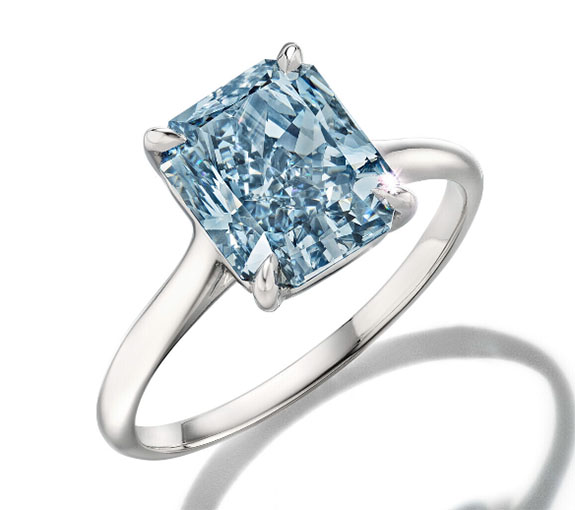Might the US federal government be able to stave off the impending debt-ceiling crisis by minting a $1 trillion platinum coin that could be deposited with the Federal Reserve to pay for government expenses? The answer seems to be yes, no and kinda, maybe…
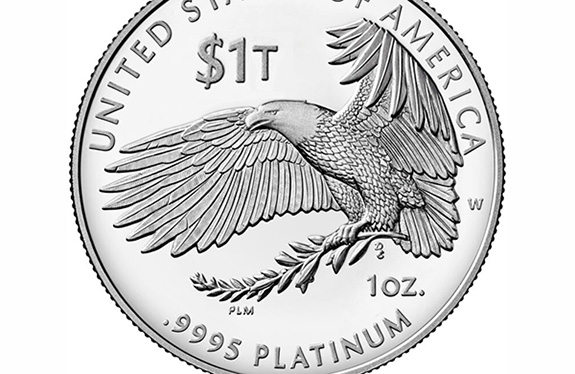
While some pundits dismiss the concept as farcical, others embrace it as totally legit.
Back in 1997, Congress enacted a law that gave the Treasury Secretary the power to mint platinum coins of any denomination, for any reason. The original intent was to give the US Mint an opportunity to make money for the federal government by minting collectible coins.
But during the 2011 and 2013 debt ceiling debates, commentators wondered out loud if minting a trillion-dollar coin might circumvent the legal cap Congress places on the government’s ability to borrow to pay its debts.
With Secretary of Treasury Janet Yellen claiming last week that the US may run out of cash to pay its bills as soon as June 1 — and with political leaders making little headway to negotiate a deal — the trillion-dollar coin strategy is back in the news.
What’s neat about the $1 trillion coin concept is that the Treasury Secretary can take a simple platinum coin, about the size of a Liberty half dollar, and apply any denomination.
In this case, the one-ounce .9995 platinum coin with a precious metal value of about $1,050 could, in theory, be assigned a value of $1 trillion.
Outrageous? Maybe not.
An article by vox.com noted that former US Mint director Philip Diehl agreed it would work, and over the years, influential voices, such as financial journalist Joe Weisenthal and New York Times columnist Paul Krugman have also supported the idea.
Vox credited the novel concept of using a platinum coin to allay budget issues to Beowulf, a blog commenter who is also known as Atlanta-area attorney Carlos Mucha. Beowulf mentioned the strategy in a comment thread on financier Warren Mosler’s blog post of May 24, 2010.
The concept was debated by other bloggers and picked up steam from there, finding new life each time the federal government was on the brink of a catastrophic financial default.
For the record, Yellen doesn’t take the $1 trillion coin idea too seriously. She told CNBC, “I’m opposed to it and I don’t think we should consider it seriously. It’s really a gimmick.”
Mucha disagreed, telling vox.com, “She is, by and large, very good at her job and is by all accounts a nice person, but on this she’s wrong, not just on the law but on policy.”
Americans with an opinion are mostly on the same page as Yellen.
Bloomberg.com reported that Drew Linzer of Civiqs recently polled 1,212 registered voters about how they felt about the US Treasury minting a $1 trillion coin to pay off the country’s debt obligations.
Only 14% of those surveyed supported the idea, while 37% opposed it. Nearly half (49%) had no opinion or admitted they didn’t know enough about the subject to take a stand.
Will the $1 trillion coin become a thing? It’s a long shot, but only time will tell.
Credit: $1 trillion coin concept by The Jeweler Blog.

